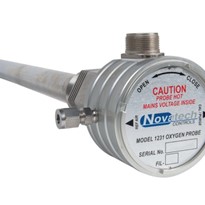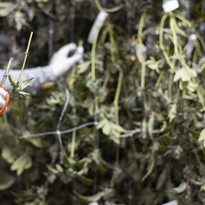Temperature & humidity parameters play a significant role in determining the comfort and health of individuals, as well as the proper functioning of many electronic and mechanical systems. Accurate and reliable measurement of humidity and temperature is thus essential in ensuring optimal indoor air quality and preventing damage to sensitive equipment. In this article, we will delve into the basics of humidity and temperature measurement, including the different types of sensors used, the units of measurement, and the factors that affect the accuracy of readings.
A humidity and temperature sensor is a device that measures the relative humidity and temperature of the air. The measurement of relative humidity (RH) is essential to many industries and applications, including HVAC systems, meteorology, food storage, and more. The device typically uses a combination of temperature and humidity sensing elements, such as a thermistor and a hygrometer, to determine the relative humidity and temperature of the air.
Relative humidity is the amount of moisture in the air relative to the maximum amount of moisture the air can hold at a specific temperature, expressed as a percentage. Temperature, on the other hand, is a measure of the thermal energy of a substance or system.
The outputs of a humidity and temperature sensor can be in the form of analog or digital signals, which can be used to control other devices or to provide data for further analysis and processing.
- Indoor air quality monitoring: Humidity sensors are used to measure the level of humidity in indoor environments and ensure that it remains within a healthy range. This is important for preventing mold growth and maintaining comfort levels.
- Weather forecasting: Meteorologists use humidity sensors to measure the amount of water vapor in the air, which is an important factor in weather forecasting.
- Agriculture: Humidity sensors are used to monitor soil moisture levels in agriculture, helping farmers to optimize irrigation and maximize crop yields.
- HVAC systems: Humidity sensors are used in heating, ventilation, and air conditioning (HVAC) systems to control the humidity levels in buildings and maintain a comfortable indoor environment.
- Pharmaceuticals and food industry: Humidity sensors are used to monitor and control the humidity levels in storage facilities for pharmaceuticals, food products, and other moisture-sensitive goods to ensure their quality and stability.
- Museums and archives: Humidity sensors are used to monitor the relative humidity in museums and archives to protect delicate artifacts, manuscripts, and other cultural objects from damage due to excessive moisture.
- These are just a few examples of the many applications of humidity sensors. The versatility and usefulness of humidity sensors have made them an important tool in a wide range of industries and fields.


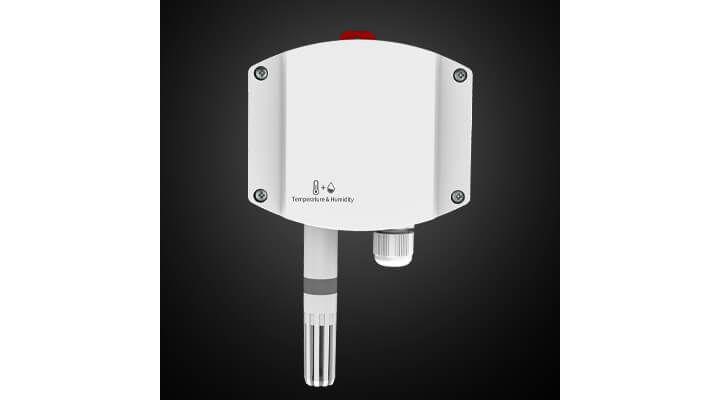
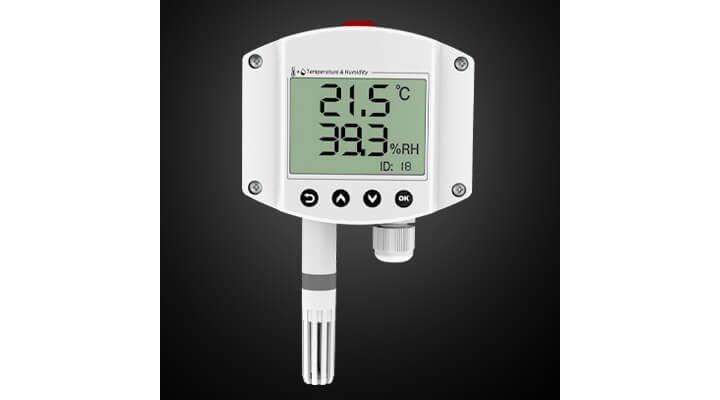
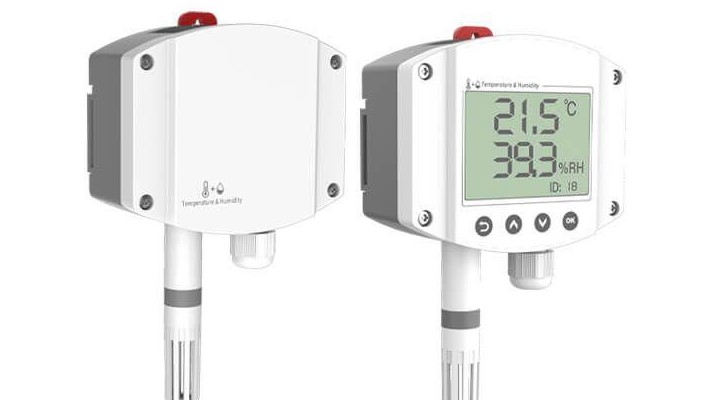
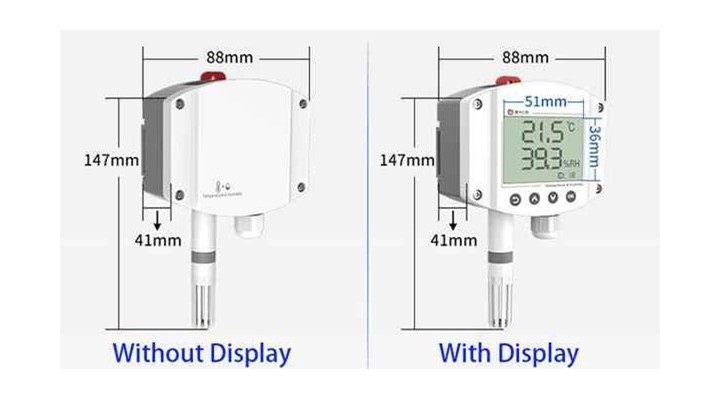


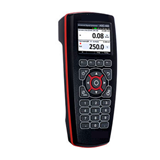



-160x160-state_article-rel-cat.png)




-160x160-state_article-rel-cat.png)
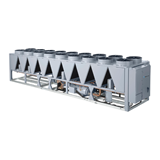
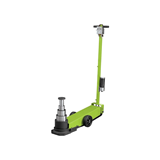






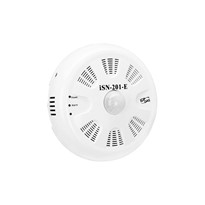

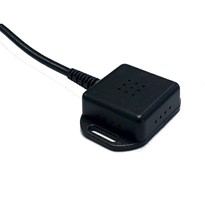
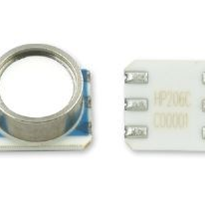
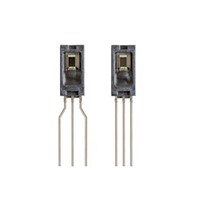
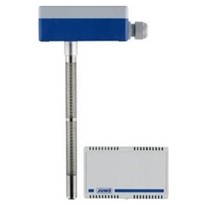
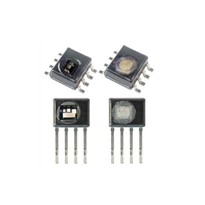
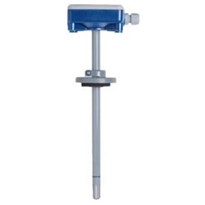







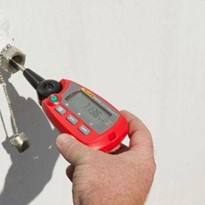

-205x205.jpg)
